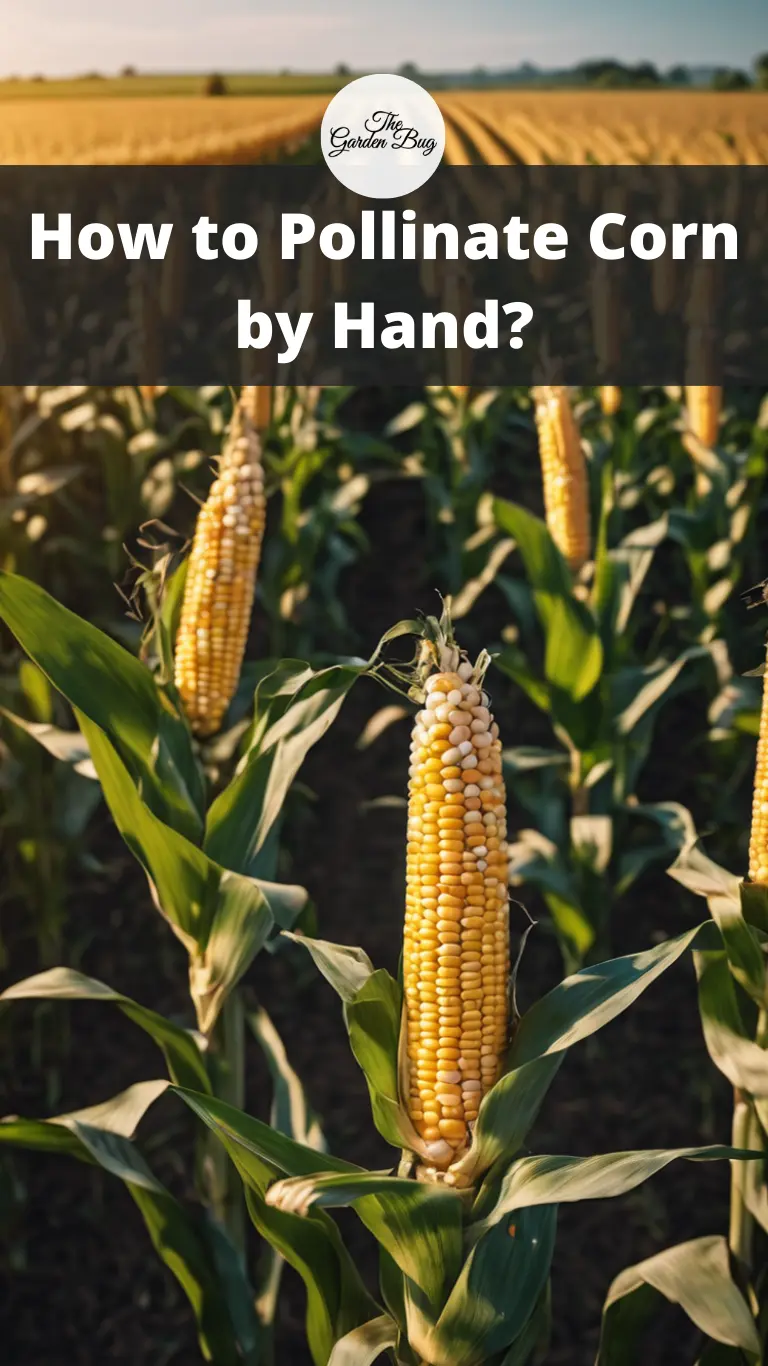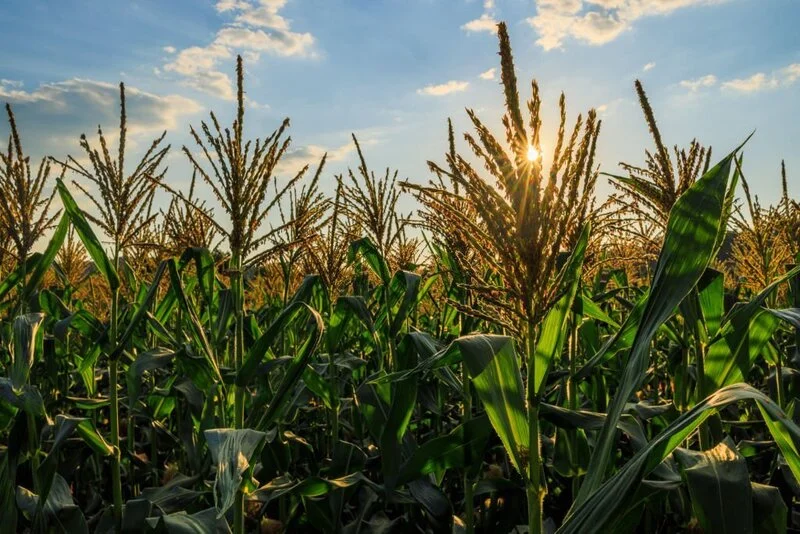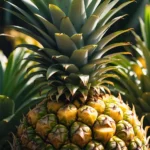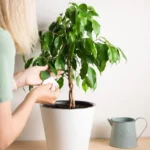Hello, and welcome to our corn-filled chat today! Did you know that each kernel on a cob of corn is a separate fruit? That’s right! And it all starts with a process called pollination. Pollination in corn is a fascinating subject that we’re about to dive into. Let’s learn together about how corn grows and how we can help it along by pollinating it by hand.
- You don’t have to count on bees or the wind to do their job and pollinate your garden. The Moistenland pollinator tool is designed to improve crop yield for commercial growers and home gardeners.
- Built-in Rechargeable Battery: Last 6 months at least. Get fully charged in 30 minutes. Compared to other pollinator tools or aero garden pollinators, you won’t buy batteries to replace.
- Gentle but Powerful Vibration: 60Hz vibration rate can make the pollen go out quickly and float in the air, with no harm to the flower in the meanwhile.
- Have an enormous harvest: You don’t have to rely on mother nature. Using this pollinator tool, you can take control and deliver a much greater yield than you ever imagined.
- This’s ideal for self-pollinating plants such as tomatoes, peppers, eggplant, beans, peas, etc.
Anatomy of a Corn Plant
First, let’s take a moment to get to know our corn plant a little better. Picture a typical corn plant in your mind: It has a tall, thick stalk standing strong. At the top, you see a group of spiky threads sticking out; this is called the tassel, which is the male part of the plant. It releases pollen, the fine, yellowish powder you sometimes see dusting the leaves below.
Now, halfway down the plant, you might spot a cluster of silky threads peeping out from the leaves. This is called the silk, and it’s the female part of the plant. Each of these silks connects to an individual kernel on the corn cob. It is through these silks that the pollen must travel to fertilize the kernel. The whole process is a fine-tuned, natural marvel, and we’re about to get even closer to it. Ready to roll up your sleeves?
The Importance of Pollination for Corn
So why does all this talk about pollen and silk matter? Well, the secret to a full, bountiful cob of corn lies in successful pollination. Each one of those tiny grains of pollen needs to travel from the tassel at the top of the plant and make a perfect landing on a strand of silk to fertilize a kernel. If a silk strand doesn’t get a pollen grain, the kernel it’s connected to won’t develop. That’s why sometimes you see cobs with missing kernels – those are the spots where pollination didn’t happen.
When and Why to Hand Pollinate Corn
The wonder of nature is that corn plants usually handle pollination just fine on their own. But sometimes, you might want to give them a helping hand, especially if you have a small garden. Why? Because corn is wind-pollinated, which means it relies on breezes to carry the pollen from tassel to silk. In a large field of corn, this isn’t a problem because there’s plenty of pollen flying around. But in a small garden with only a few corn plants, the pollen might not make it to all the silks.
That’s where hand pollination comes in. It’s a simple and fun way to make sure every silk gets a grain of pollen, giving you the best chance for full, plump cobs. Plus, it’s a great way to feel like a part of the magical process of growing your food. So let’s learn how to do it!
Tools Needed for Hand Pollination
The beauty of hand pollinating corn is in its simplicity. You don’t need any fancy tools or gear, just a bit of time and a gentle touch. All you’ll need are:
- Your hands: Yep, your hands are your best tools in this process. You’ll use them to shake the pollen from the tassel and apply it to the silks.
- A paper bag or container (optional): If you’d like to collect the pollen for later use or for more targeted application, a small paper bag or container will do the trick.
Step-by-Step Guide on How to Hand Pollinate Corn
- Identify the right time: The best time to hand pollinate is in the early morning when the tassels are releasing pollen. You’ll know your corn is ready when you see the tassels at the top of the plant start to look fuzzy and dust-like particles fall off when you shake them.
- Collect the pollen: Shake the tassel gently over your collection container to gather the pollen. Alternatively, you can use your hand to gently tap the tassel and cause the pollen to fall off.
- Apply the pollen: Once you’ve collected the pollen, it’s time to apply it to the silks. Sprinkle the pollen over the silks protruding from the tops of your ears of corn. Try to cover as many silks as possible, as each one leads to a single kernel.
- Repeat: Continue this process with all of your corn plants.
Remember, nature doesn’t achieve 100% pollination, so don’t be disheartened if every silk doesn’t get pollinated. The goal is to improve the odds and increase the yield of your corn crop. Happy pollinating!
Tips for Successful Corn Pollination
Here are a few additional tips to keep in mind to make your corn pollination successful:
- Plant in Blocks: Corn is wind-pollinated, so planting in blocks rather than long rows can help improve pollination rates. This creates a denser cloud of pollen and increases the chances of it landing on the silks.
- Early Morning is Best: Corn releases its pollen in the early morning. Try to get out and do your hand pollinating as early as possible to make the most of this.
- Be Gentle: When collecting and applying the pollen, remember to be gentle. The tassels and silks are delicate and can be easily damaged.
- Patience is Key: Don’t rush the process. Give each plant the attention it needs to ensure proper pollination.
Conclusion
Hand pollinating corn may seem like a daunting task, but with a bit of patience and understanding of the process, anyone can do it. Not only does it help increase your yield, but it also provides a deeper connection to your garden. Whether you’re a beginner or an experienced gardener, hand pollinating corn can be a rewarding experience, yielding the fruit of your hard work in every sweet, juicy bite.






